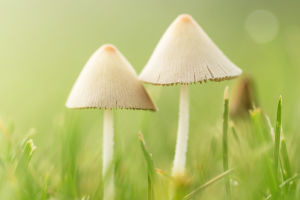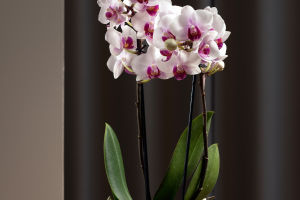Flowers bring beauty and vibrancy to any space, but they sometimes need a little help to stay fresh and lively.
Whether you're dealing with a bouquet that's drooping or garden flowers that seem to have lost their sparkle, knowing the right methods and techniques to "wake up" your blooms can make a significant difference.
Here’s a guide to help you rejuvenate your flowers and keep them looking their best.
1. Hydration is Key
One of the most common reasons flowers wilt is dehydration. For cut flowers, make sure to use a clean vase filled with fresh, room-temperature water. Add a floral preservative if available, as it contains essential nutrients and bactericides that help extend the life of your blooms.
Techniques:
Re-cut Stems: Trim the stems at a 45-degree angle under running water to prevent air bubbles from blocking water uptake.
Change Water Regularly: Replace the water every two days and re-cut the stems each time.
2. Optimal Temperature and Placement
Flowers are sensitive to their environment. Keeping them in the right temperature range and placing them in suitable spots can help them stay fresh.
Techniques:
Avoid Direct Sunlight: Place flowers in a location with indirect light. Direct sunlight can accelerate wilting and fading.
Keep Cool: Most flowers last longer in cooler temperatures. Avoid placing them near heat sources, such as radiators or appliances.
3. Reviving Drooping Flowers
Sometimes flowers start to droop despite your best efforts. Here are a few techniques to revive them:
Techniques:
Soak Stems: For flowers like roses or carnations, submerge the entire bouquet in a sink or basin of cool water for a few hours. This can help rehydrate them effectively.
Boiling Water Method: For flowers like tulips, cut the stems and place them in a vase with a bit of boiling water for a few seconds, then transfer them to cool water. This helps to clear any blockages in the stems.
4. Using Floral Preservatives
Floral preservatives are specially formulated to extend the life of flowers. They typically contain a mix of sugars, acids, and antimicrobial agents.
Techniques:
Follow Instructions: Use the amount recommended on the package. Too little won’t be effective, and too much can harm the flowers.
Prepare Fresh Solutions: Always mix preservatives with clean, room-temperature water.
5. Enhancing Garden Flowers
For garden flowers that need revitalization, the approach differs slightly from cut flowers.
Techniques:
Proper Watering: Ensure that garden flowers are receiving the right amount of water. Both over-watering and under-watering can cause stress.
Soil Care: Check the soil for proper drainage. Flowers planted in poorly drained soil can suffer from root rot.
Pruning and Deadheading: Remove spent blooms (deadheading) to encourage new growth and prevent the plant from expending energy on seed production. Prune back leggy or damaged growth to promote a healthier plant structure.
6. Dealing with Pests and Diseases
Pests and diseases can also affect the vitality of your flowers. Regular inspection and timely intervention can prevent serious damage.
Techniques:
Inspect Regularly: Look for signs of pests such as discolored spots or visible bugs.
Disease Management: Remove and dispose of any diseased parts of the plant. Consider using fungicides if fungal infections are suspected.
7. Final Tips
Refresh Cut Flowers: Every few days, give cut flowers a fresh water change and re-cut the stems to keep them hydrated.
Fertilize Wisely: Use balanced fertilizers for garden flowers to provide essential nutrients. Avoid over-fertilizing, which can lead to excessive leaf growth at the expense of blooms.


